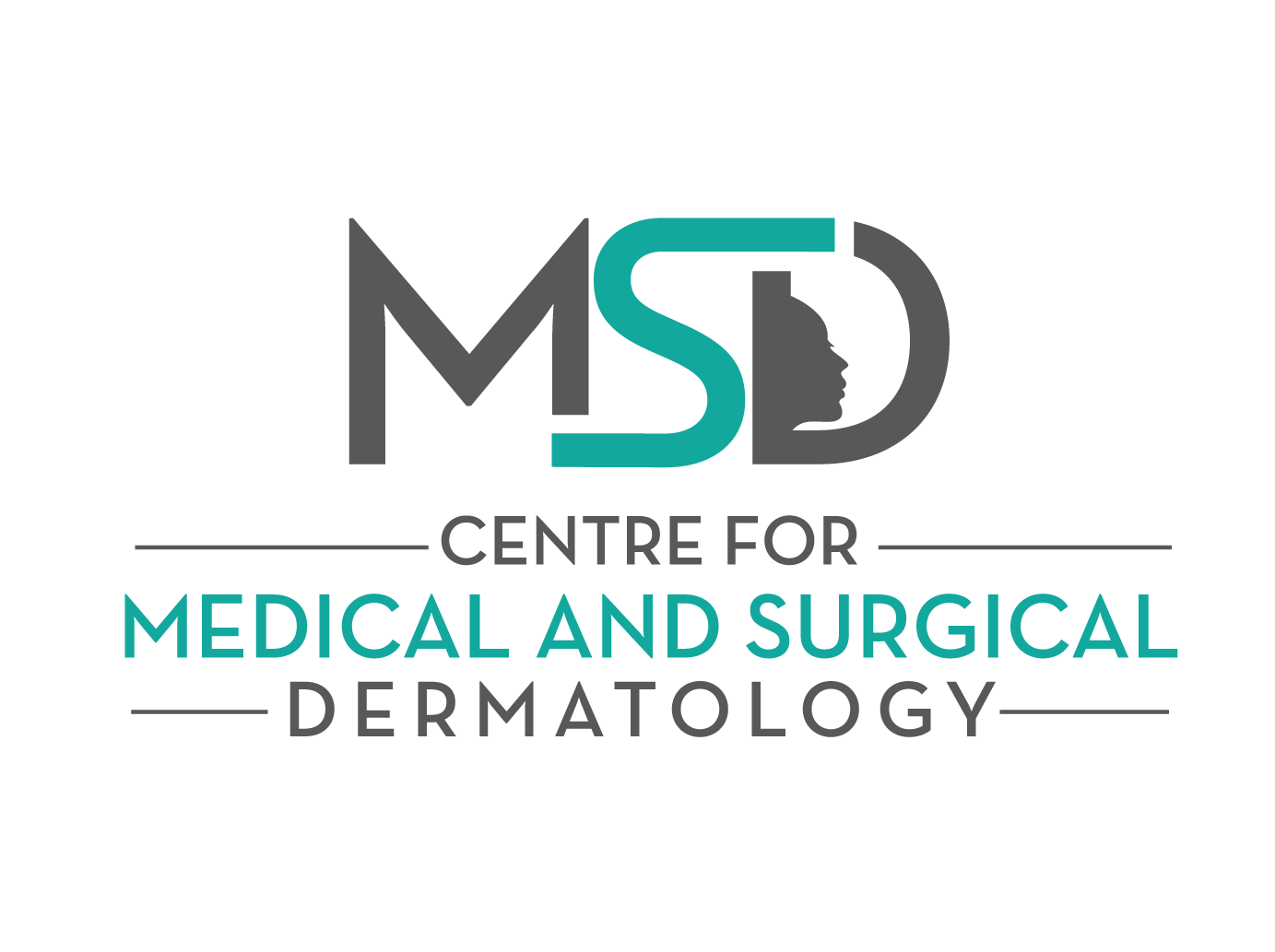WHAT IS LOW LEVEL LIGHT THERAPY?
Over the last few years the use of light sources to treat pain and inflammation as well as to promote cell rejuvenation have become increasingly popular. While having started out as a therapy for rheumatology, especially in the management of osteo and rheumatoid arthritis, it has become increasingly popular in the field of dermatology.
Low-level laser (light) therapy (LLLT), a form of phototherapy which makes use of non-thermal, coherent light sources (lasers) or non-coherent light-emitting diodes (LED), has become a pain-free and effective method for treating acne, hair loss, and to rejuvenate the skin.
At our clinic, we use the light of 415 nm and 633 nm wavelengths. These wavelengths have been found to be the most therapeutically beneficial wavelengths. The mechanism of action of LLLT is not well understood, but many studies have shown that there is a promotion of tissue regeneration, prevention of damage in susceptible tissues, and a reduction of pain and inflammation. Additionally, LLLT is non-painful and requires little preparation of the skin, unlike other forms of phototherapy, like photodynamic therapy (PDT).
LLLT FOR ACNE
Acne vulgaris is one of the most common dermatological conditions and can affect up to 90% of adolescents. While it is neither life-threatening or contagious, it is certainly a cause for low self-esteem, emotional and psychological distress. As such, much research has been geared towards the treatment of acne. While there are many options, some are more effective than others, acne is one of the hardest skin conditions to treat due to the multifactorial pathogenesis. Many of the treatment options available, like antibiotic and retinoid therapy, have shown treatment failure and a large adverse and side effect profile. LLLT offers an alternative to more conventional treatment options, which has a more tolerable side effect profile.
One of the accepted LLT mechanisms of action for acne is through the absorption of blue (415 nm) light by porphyrins, so called endogenous photosensitizers, that have been produced by P. acnes as a part of its normal metabolism. The Blue light causes a photochemical reaction creating reactive free radicals and active oxygen which in turn leads to bacterial destruction. The Red light (633 nm) penetrates deeper and demonstrates the impact on sebum secretion by the sebaceous glands and function of the keratinocytes.
LLLT FOR HAIR LOSS
Alopecia, or hair loss, is also a common condition that can affect any person at any age. It can affect both males and females. It causes spot balding and hair thinning. The pathogenesis of hair loss is challenging and incorporates many different mechanisms. Recently, LLLT has become one of the treatment modalities available for hair loss. In the recent studies, it has shown that light therapy can cause paradoxical hypertrichosis, which is the increased density, color, or coarseness of hair. It has been said that LLLT has been shown to stimulate hair follicles, increasing levels of proliferation. It stimulates the production of transcription factors and protein synthesis, as well as an increase in growth factors which stimulates hair growth and maintains hair follicles.
It is believed that LLLT increases adenosine triphosphate (ATP) production, modulates 5α-reductase, the enzyme responsible for the conversion of testosterone to DTH, and stimulates factors that promote hair growth.
Moreover, the LLLT has shown to be effective in many other skin conditions. Thus, it can be used for skin rejuvenation, psoriasis, vitiligo, scars, and keloids.
